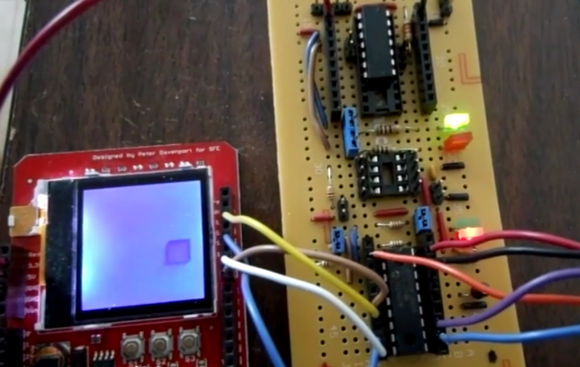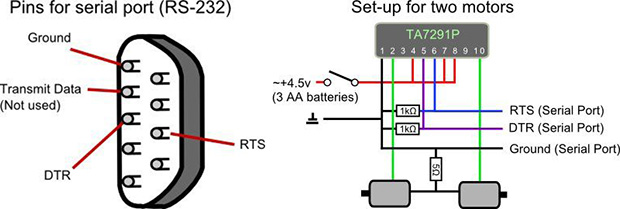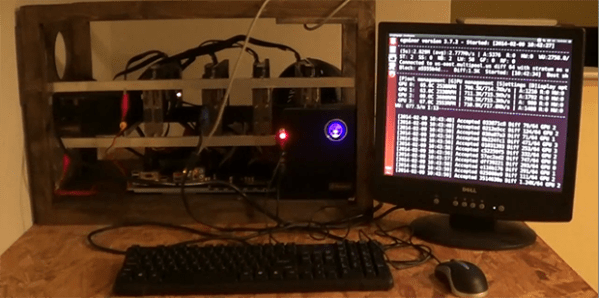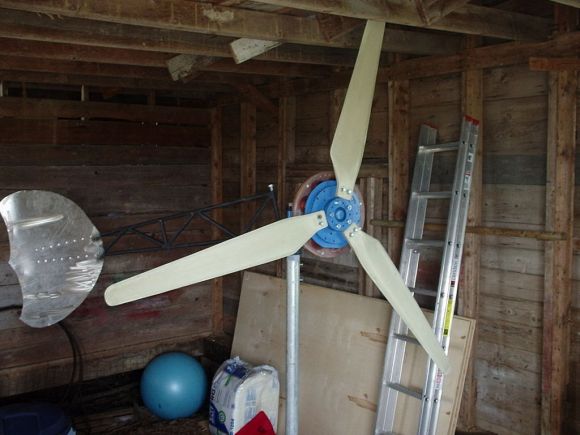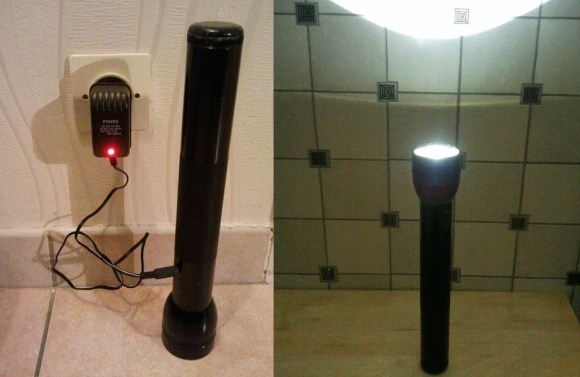
If there’s one thing about Python that’s slightly disconcerting, it’s the complete lack of braces, or as they’re called in American English, suspenders. A feature of every variety of C, Java, PHP, Perl, and a whole bunch of other very powerful languages, braces make things more legible and don’t rely on precise indentation. [Ruby] and [Eran] have come up with a way to use these punctuation marks with Python in a project they call Python with Braces.
As its name implies, Python with Braces doesn’t care about indentation: you’re free to make you code extremely ugly, or write your code properly in K&R style. Each line is terminated in a semicolon, and blocks of code with only one statement don’t require curly braces, just like C and Java.
Right now [Ruby] and [Eran] have a Windows installer with an OS X package on its way. Executing a Python with Braces script only requires executing it with a ‘pythonb’ executable instead of the normal ‘python’ executable.

